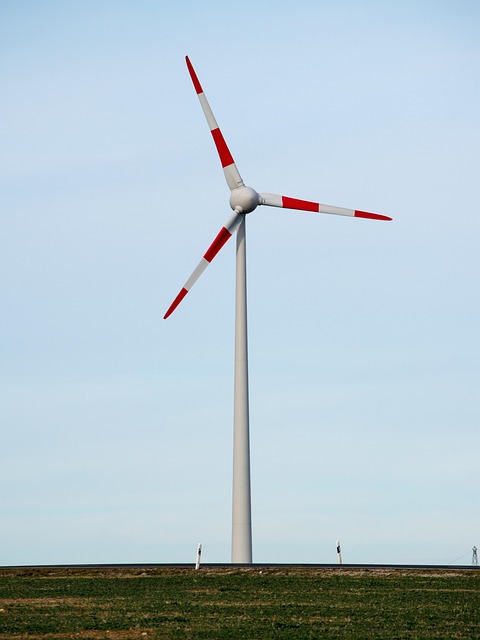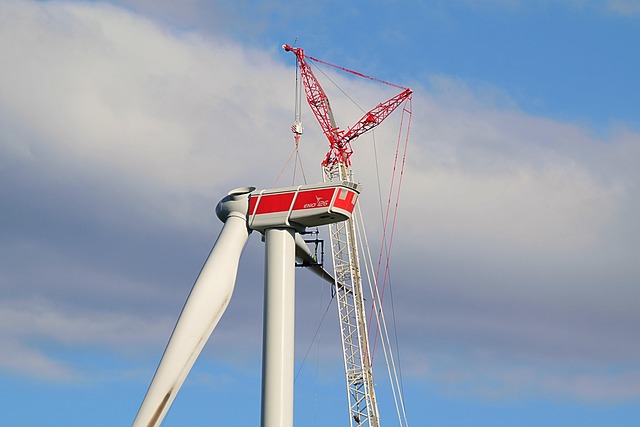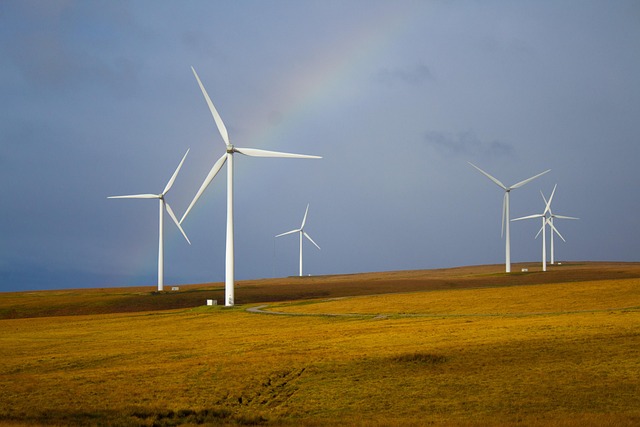The Green Revolution: Wind Power and Its Impact on Climate Change
As the world grapples with the urgent need to combat climate change, the search for sustainable energy sources has never been more pressing. Among these sources, wind power stands out as a beacon of hope, playing a pivotal role in the Green Revolution. This article delves into the emergence of wind power, its operational mechanics, its advantages and limitations, and its significant impact on climate change mitigation.
Understanding Wind Power
Wind power harnesses the kinetic energy of the wind and converts it into electricity through wind turbines. A wind turbine consists of large blades mounted on a tower that are designed to catch the wind. As the wind blows, it turns the blades, which rotate a generator that produces electricity. This process is rooted in basic principles of physics, and advances in technology have made wind energy increasingly viable and efficient.
The Emergence of Wind Power
Wind energy has been utilized for centuries in various forms, from ancient sailing ships to windmills for grinding grain. However, the modern wind power industry began to take shape in the late 20th century. The oil crises of the 1970s sparked an interest in alternative energy sources, leading to increased investment and innovation in wind energy technology.
The first commercial wind farms were established in the United States in the 1980s, and since then, wind power has experienced exponential growth worldwide. According to the Global Wind Energy Council (GWEC), by the end of 2020, the global installed wind power capacity reached over 743 gigawatts (GW), with nations like China, the United States, and Germany leading the way.
Wind Power’s Advantages
The popularity of wind power can be attributed to several compelling advantages. These include:
Renewable Resource
Wind is an inexhaustible resource, meaning it will not run out as long as the sun shines and the atmosphere circulates. Unlike fossil fuels, which are finite and contribute to pollution, wind energy is clean and sustainable.
Reduction in Greenhouse Gas Emissions
Wind power generation produces little to no greenhouse gas emissions during operation. By replacing coal and natural gas in the energy mix, wind power significantly contributes to reducing overall carbon emissions, a critical factor in combating climate change.
Job Creation and Economic Development
The wind industry has created hundreds of thousands of jobs worldwide. From manufacturing to installation and maintenance, wind power offers varied employment opportunities. Moreover, investments in wind energy can stimulate local economies and lead to energy independence for many nations.
Energy Security
Wind energy enhances energy security by diversifying the energy portfolio. This reduces dependence on imported fossil fuels and increases resilience to price fluctuations in global markets.
Limitations and Challenges
Despite its notable advantages, wind power does face limitations and challenges that must be addressed to maximize its potential.
Intermittency and Reliability
One of the primary challenges of wind energy is its intermittency; wind is not always reliable. Periods of low wind can lead to decreased electricity generation, necessitating a backup system that can include fossil fuels or energy storage technologies.
Environmental and Aesthetic Concerns
Wind farms can impact local wildlife, particularly birds and bats, as well as disrupt local landscapes. These environmental concerns sometimes lead to public opposition, making siting and permitting a complex process.
High Initial Costs
The initial capital investment required for wind energy projects can be substantial. However, the ongoing costs are significantly lower, especially as technology improves, leading to more efficient turbine designs and reduced maintenance needs.
The Role of Wind Power in Combating Climate Change
Wind power plays a critical role in mitigating climate change. As global temperatures rise due to greenhouse gas emissions, the transition from fossil fuels to renewable energy sources, such as wind, is essential for achieving climate goals.
Global Targets and International Cooperation
Countries worldwide have set ambitious climate targets outlined in agreements like the Paris Agreement. Achieving these targets requires a significant increase in renewable energy use. The International Renewable Energy Agency (IRENA) estimates that wind power could provide up to 21% of the world’s electricity by 2030 in a sustainable energy future.
Technological Advancements
Continued advancements in technology are vital to maximizing the potential of wind energy. Innovations such as larger and more efficient turbines, improved energy storage solutions, and integrated smart grid technology are transforming the landscape of wind power.
Case Studies and Global Examples
Several countries have successfully integrated wind power into their energy systems, providing valuable insights into its potential.
Denmark
Denmark is often cited as a world leader in wind energy, with over 47% of its electricity generated from wind turbines in 2019. The country’s commitment to renewable energy has not only led to reduced carbon emissions but also positioned Denmark as a pioneer in wind technology, with numerous export opportunities for its innovations.
China
As the world’s largest producer of wind power, China has invested heavily in the wind energy sector. By 2020, China accounted for nearly 50% of the global installed wind capacity. This investment has played a crucial role in mitigating emissions, providing energy security, and fostering economic growth.
The United States
The U.S. has also witnessed significant growth in wind power, particularly in states like Texas and Iowa. Wind energy now constitutes a substantial portion of the energy mix in these states, contributing to job creation and regional economic development while helping to lower CO2 emissions.
The Future of Wind Power
Looking forward, the future of wind power is bright, with several trends shaping its trajectory. Offshore wind farms are becoming increasingly popular due to higher and more consistent wind speeds compared to onshore sites. The development of floating wind farms is also expected to open new areas for harnessing wind energy.
Additionally, the integration of wind power with other renewable sources, energy storage technologies, and advanced grid systems will enhance reliability and efficiency, leading to a more resilient energy system.
Conclusion
The Green Revolution, powered by sustainable energy sources like wind power, is crucial for addressing climate change and creating a more sustainable future. While challenges remain, the advantages and growing global commitment to wind energy underscore its role in reducing greenhouse gas emissions and transitioning to a low-carbon economy. The integration of innovative technologies will further bolster wind power’s contributions, paving the way for a cleaner, greener planet for generations to come.
As individuals, communities, and nations seek to champion sustainability, embracing wind power not only represents a commitment to environmental stewardship but also a step towards ensuring energy security and economic stability in an ever-changing world.



